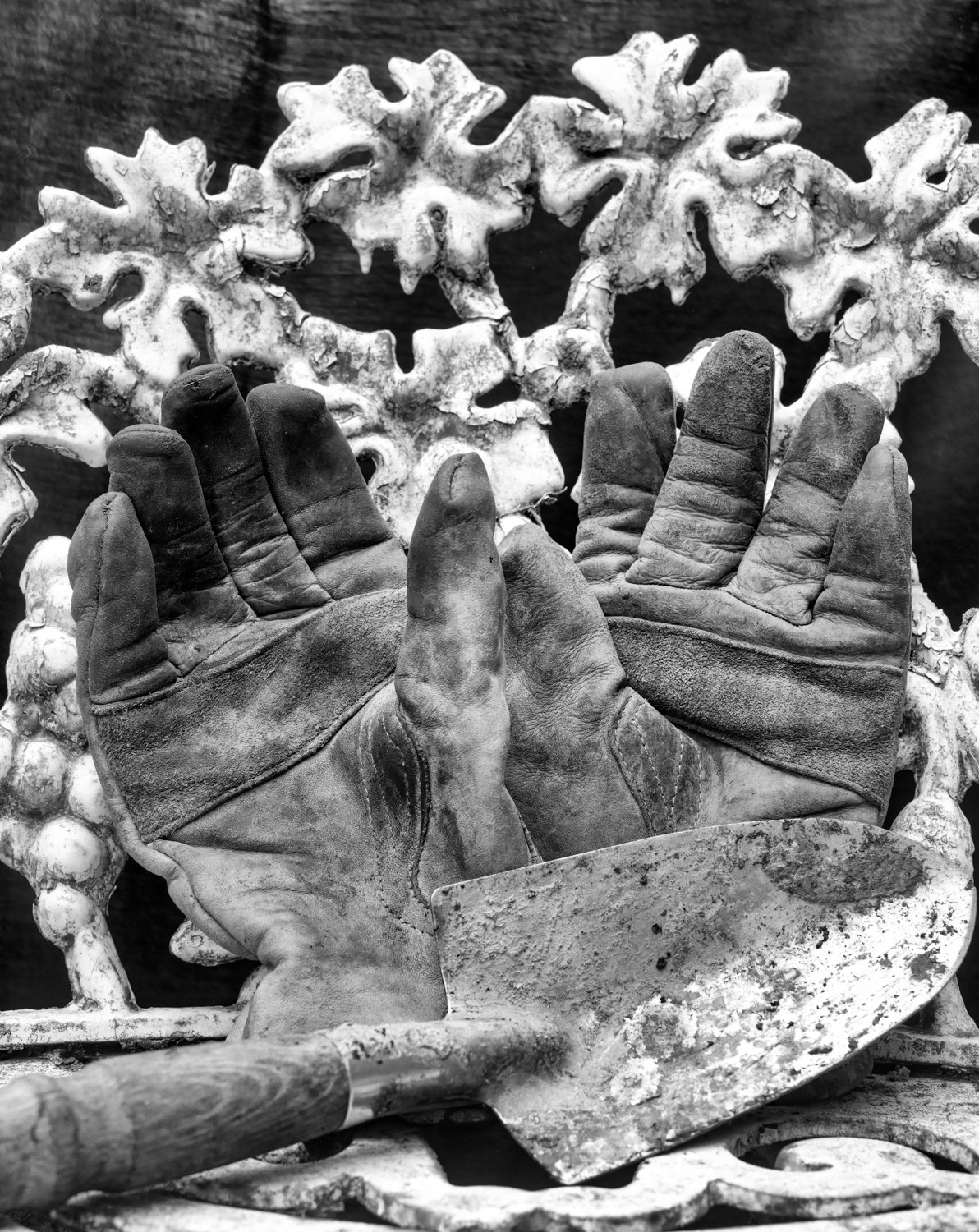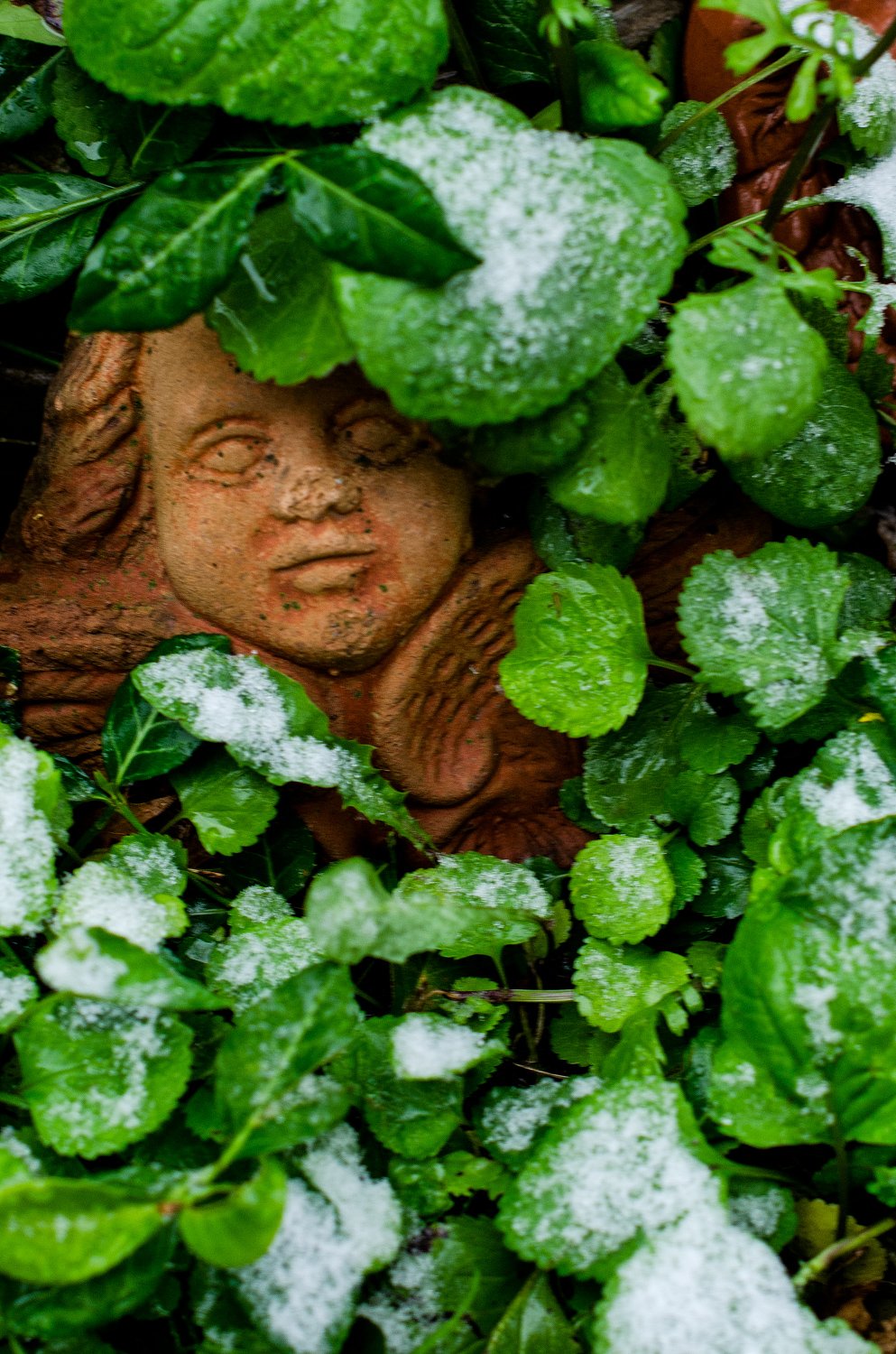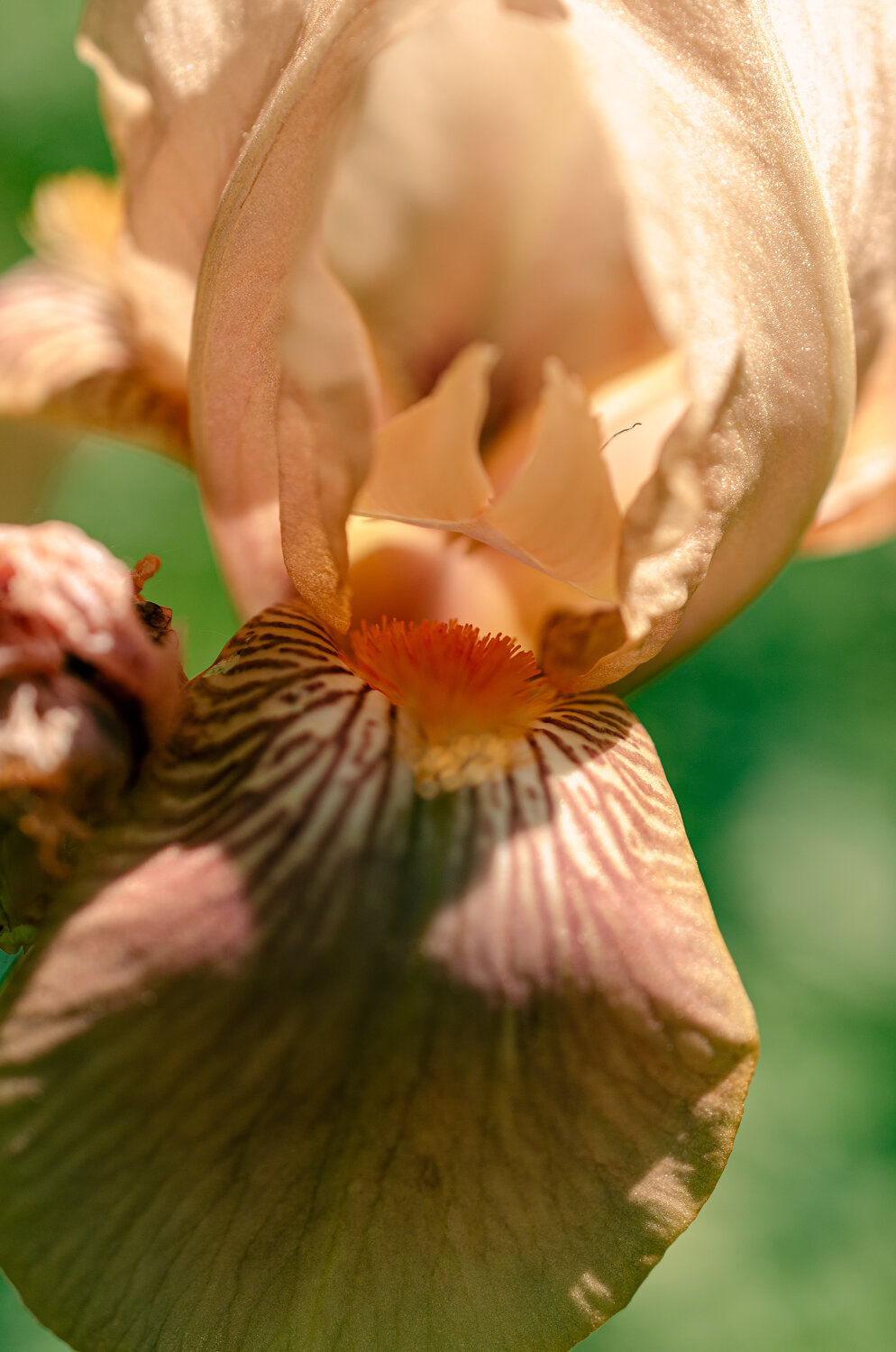Imagine our surprise today, reading John T. Edge’s The Potlikker Papers A Food History of the Modern South, when we came to this passage that triggered a long dormant, yet long-stored memory: “‘…Neal talked of catfish stew, describing how the men of the family nailed fish to a tree and stripped the skin from the bones of writhing carcasses.’”
From the pages of this fine book to the depths of our memory came thoughts of trips to Lawrence, Kansas, made first from our first apartment in Kansas City and then from our addresses in St. Louis — all long before we became ensconced on Snob Hill. Along the Kansas Turnpike, there wasn’t much to see, a fact we came to know well because we made the trip often.
But there was one thing. Off to the north side of the turnpike, north even from the access road, sat a small house, perhaps a mobile home. Either way, it was a rundown property, old rusty cars parked on a gravel driveway, an appliance or two listing in the front yard. A creek jaggedly zigzagged along one side. It’s hard to think of a Kansas location as being gothic or having what could be called a holler or a crick, but it had that sort of vibe, a cross between “Texas Chainsaw Massacre,” the first season of “True Dectetive” and the energy emanating from the Clutter house in Holcomb (for fan’s of Truman Capote’s “In Cold Blood.”)
Why? It was the stunted tree just outside the rusty, chain-link fence, covered in skulls. This tree was not close to the highway and we were always traveling at a high rate of speed, so there was always a “what the hell was that?” sort of head-whipping reaction. At first, each sighting reminded us we had forgotten about the Skull Tree, but over time, we came to look for it, commenting and wondering on it, using it as a milepost for knowing we were 17 minutes out from the Lawerence city limits.
One time, we even exited the turnpike a mile or more away, then drove our Mazda RX-7 along the access road to get a closer look, And, yep, those were skulls, maybe a dozen or so, nailed to the tree like some sort of cautionary totem. We dared not slow down too much or turn toward the property, lest we find out own skulls on this old, rugged crucifix.
But why? went unanswered. Our imaginations went to dark places. We were reminded of a grandfather’s story about someone (it may have been our grandfather, though we hoped not, or it may have been an acquaintance) with a dog that needed to be “unlearned” of raiding the nearby chicken coop. As the story went, the dog’s owner caught the dog with a chicken in its mouth. He extricated the chicken and proceeded to whip the dog with the carcass. Then he tied the dead chicken to the dog’s collar and left it there until it rotted off. “As a reminder,” the grandfather would intone, “So he would learn the lesson.”
Of course, this was conveyed as a success story for how to train a dog to refrain from stealing chickens. The story reeked of being a tall folktale, an apocryphal anecdote. It might have been a story cut from “The Foxfire Book” or perhaps included in the bawdy “Pissing in the Snow and Other Ozark Folktales,” a tome we read in high school. This story, sadly, revealed more about the teller (or even worse, the re-teller) than the story itself. To say nothing of the ignorance of canine psychology.
Nonetheless, we unconsciously conflated the dog story and the Skull Tree. We weren’t sure what type of animal skulls were nailed to the tree, though we knew they weren’t squirrel or rabbit, dog or cat. We conjectured fish, but couldn’t be certain. And still, “But Why?” remained unanswered. A warning about what, to what? A warning to wayward catfish? And did Kansas even have catfish?
As the years progressed, the skulls slowly disintegrated on the tree. In our memories, spines initially hung from the skulls, then fell away, but that is probably just overactive misremembering. The skulls were neither removed (from weather or otherwise) nor added to. Did the crick run out? By the time we no longer made the trip to Lawrence, the memory of Skull Tree receded to the brain lobe were latent thoughts languish.
Until today, miles and years away, sitting on Snob Hill, reading The Potlikker Papers, and instantly exclaiming a knowing “OH!” A flash of now-knowing. Mystery solved in an instant.
Most truths are simple truths that shouldn’t be trussed with our imaginations. But somehow, knowing what we know now about the purpose of the Skull Tree, we kinda, sorta prefer the embroidered imaginings better.












